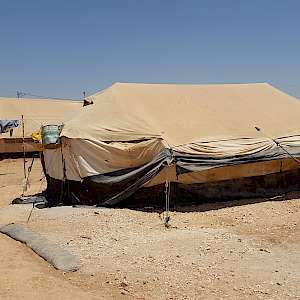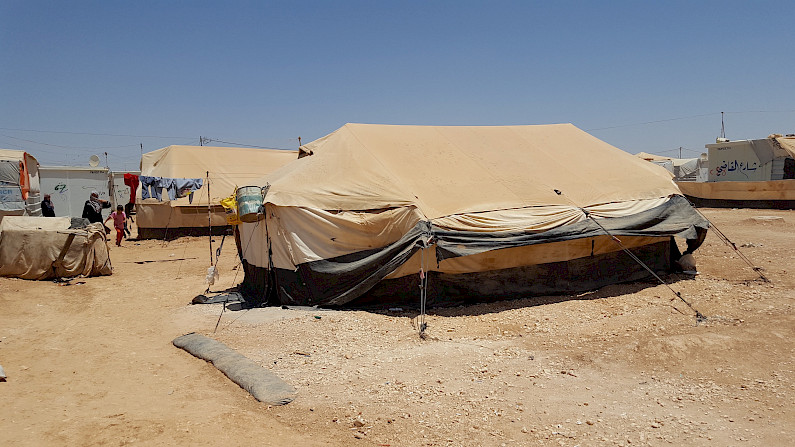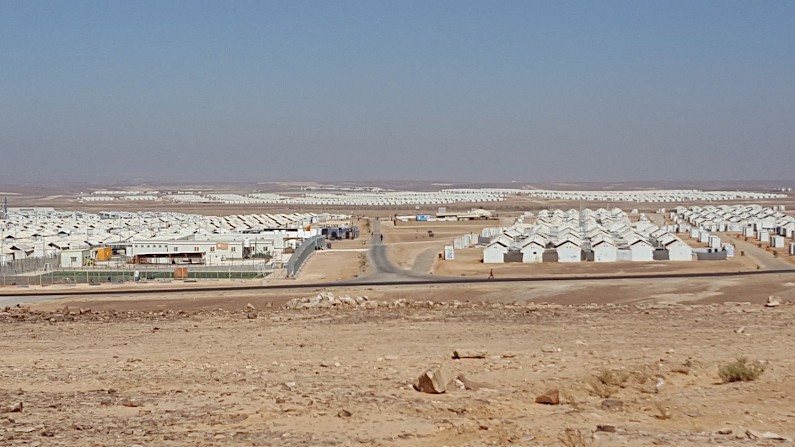
Munira
Munira explains how the weather – particularly rainfall - can seriously impact living conditions within Jordanian refugee camps:

"We lived in a tent for two years. It was a very bad situation. But as the years pass the situation gets better. When it rained in the past, our tents would float on the water and we would have to sit in water for most of the wintertime. At least we have a roof above our heads now. Even if there was a little water leaking in here and there, the situation is (more) manageable."

The difficulties of life as a refugee are exacerbated by the temporary structures and climatic conditions of the camp itself, as this comparison of tents and more permanent caravans make clear. As the Syrian refugee crisis continues, and Jordan’s refugee camps take on a seeming permanence as new ‘cities’, increasing attention has been paid by architects such as Mark Breeze to the provision of simple sturdy dwellings within camps. Design-based 'solutions' - such as the IKEA refugee shelter - have been criticised as gimmicks (and more recently declared a fire-risk), as explored in research by Tom Scott-Smith of Oxford Refugee Studies Centre.
